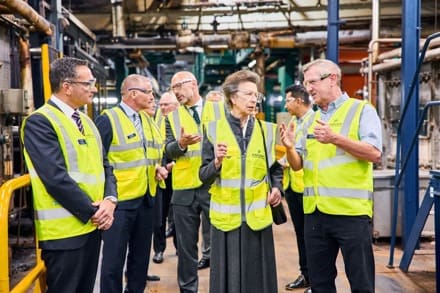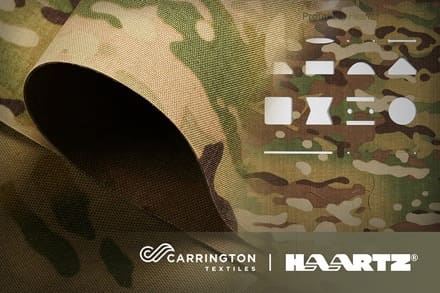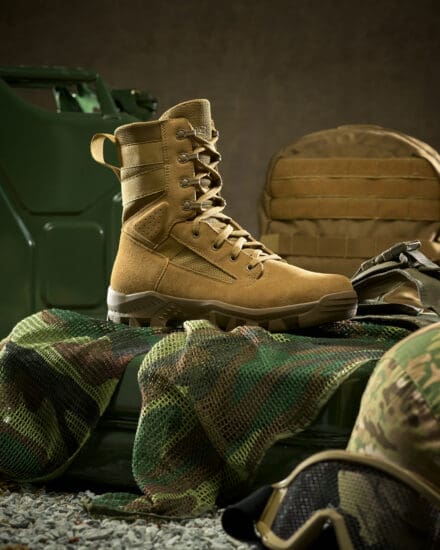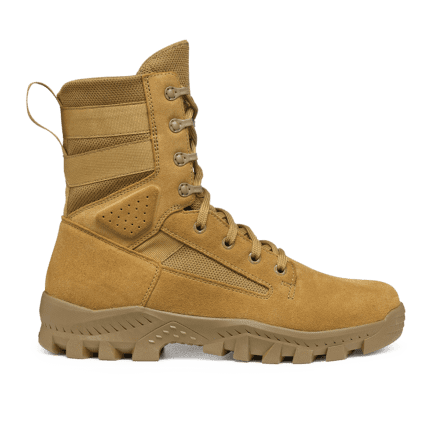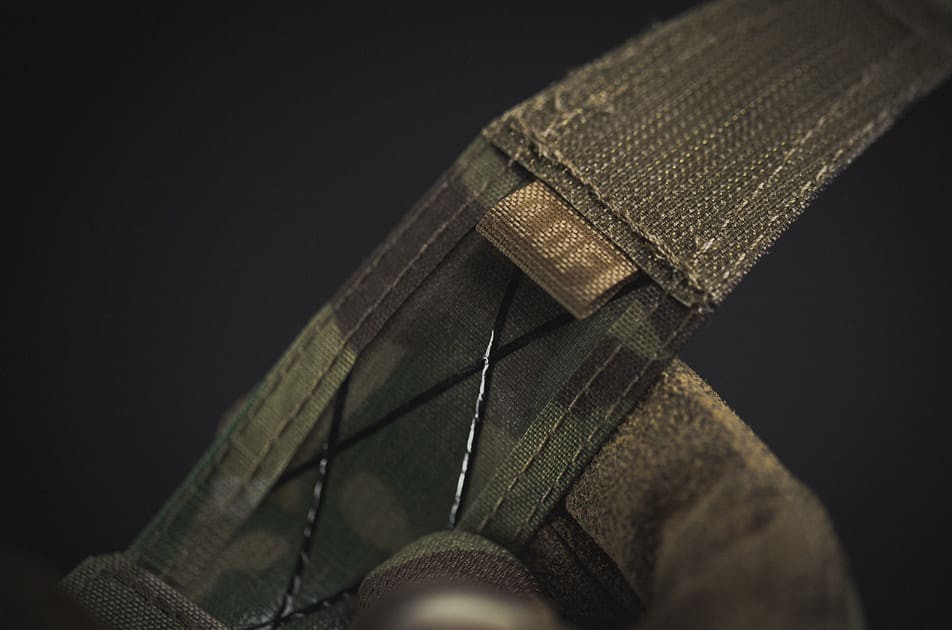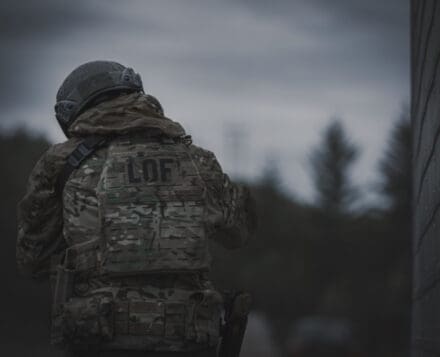Smart coated fabrics are transforming the Coated Fabrics for Defense Market by enabling adaptive, sensor-driven military textiles for next-gen combat efficiencyNEWARK, DE, UNITED STATES, June 18, 2025 — Introduction: The Evolving Utility of Coated Fabrics in Defense
In modern defense ecosystems, coated fabrics have long played a foundational role. Traditionally employed for protective tents, uniforms, vehicle covers, and chemical-resistant apparel, these fabrics are typically enhanced with coatings such as polyurethane, PVC, or silicone to improve resistance to fire, water, and chemicals. However, recent advancements are redefining this segment, transforming coated fabrics into intelligent, adaptive components of the military supply chain. This shift aligns with the broader transition toward digital warfare and performance-optimized soldier systems, where smart coatings are poised to revolutionize protection and functionality. These changes are accelerating the evolution of the Coated Fabrics for Defense Market into a hub of innovation and strategic value.
Defining Smart Coated Fabrics
What makes a coated fabric “smart” isn’t its base material but the functional capability of its coating. This could include embedded sensors, nanomaterials, or reactive compounds designed to detect, communicate, or adapt. These functionalities create fabrics that can actively participate in defense operations, rather than passively endure them.
Examples include:
– Thermochromic coatings that change color based on temperature
– Electroconductive coatings that relay biometric data
– Fluorescent detection for exposure to biological or chemical threats
– Nanostructured coatings with self-healing capabilities
These innovations are often developed using advanced materials such as graphene, metal-organic frameworks (MOFs), and phase-change polymers, which are increasingly influencing the Coated Fabrics for Defense Market outlook.
Make Informed Decisions – Access Your Sample Report Instantly! www.futuremarketinsights.com/reports/sample/rep-gb-6762
Real-World Applications in Defense
Smart coated fabrics are becoming instrumental across both soldier systems and field infrastructure. For instance, wearable fabrics with biometric sensors are now enabling commanders to monitor soldier vitals in real time. These systems can detect fatigue, dehydration, or stress and relay that data via wireless communication systems, improving situational awareness and medical response.
Meanwhile, infrastructure applications are expanding as well. Lightweight, heat-reflective tents coated with adaptive materials now provide better thermal insulation. EMI (electromagnetic interference) shielding fabrics protect mobile communication units from signal disruption in electronic warfare scenarios. These are not experimental—they’re being implemented in NATO field units and combat support facilities, further boosting the potential of the Coated Fabrics for Defense Market.
Use Case Highlights
Below are real-world implementations showcasing the potential of smart coated fabrics in defense:
– USA Army’s Warrior Web Program: Developing sensor-embedded suits that detect joint strain and prevent injury.
– Israeli Defense Forces: Utilizing nanotech coatings on tactical vests for chemical agent detection.
– Indian OFB (Ordnance Factories Board): Collaborating on smart uniforms that adjust thermal insulation in desert and Himalayan conditions.
– European Defense Agency Projects: Supporting camo coatings that adapt to surrounding infrared and visible light conditions.
Browse the Complete Report! www.futuremarketinsights.com/reports/coated-fabrics-defense-market
Market Drivers Fueling Smart Fabric Demand
Multiple forces are converging to elevate the role of smart-coated fabrics in defense strategies. The most notable include increased geopolitical tensions, a rise in chemical and biological warfare threats, and the broader movement toward digital integration in military operations. Defense procurement bodies are demanding multi-functional materials that reduce the logistical burden and enhance survivability in complex environments.
Additionally, with greater attention on soldier comfort and long-term injury prevention, wearable technologies are now embedded into fabric-based systems rather than external devices. The focus is on low-weight, durable, and integrated protection—qualities that smart coatings are uniquely positioned to deliver. These attributes are shaping the future of the Coated Fabrics for Defense Market as defense agencies seek value-added textiles.
Obstacles to Mass Adoption
Despite strong R&D momentum, smart coated fabrics face scalability and adoption challenges. Foremost among these is cost. Nanomaterial-infused coatings and embedded sensor grids significantly raise the cost per unit, making procurement difficult for lower-budget defense forces.
Purity and reliability are also concerns. Some coated fabrics face contamination or degradation in extreme climates, limiting their longevity. Additionally, power supply integration remains an unsolved issue for wearable electronics, particularly in remote or power-scarce combat zones.
Another barrier is standardization. There is currently no unified framework across NATO, BRICS, or other global blocs that governs performance benchmarks for smart-coated defense textiles. As such, cross-border procurement and integration remain complex and fragmented—an ongoing challenge for global expansion within the Coated Fabrics for Defense Market.
Regional Trends and Competitive Landscape
North America and Western Europe continue to dominate smart fabric innovation due to strong defense R&D funding and established military-industrial ecosystems. However, Asia-Pacific nations are rapidly closing the gap. China, South Korea, and India have launched targeted initiatives to localize advanced textile manufacturing for their armed forces, often supported by public-private R&D partnerships.
Textiles, Fabrics, Yarn & Fibres Industry Analysis: www.futuremarketinsights.com/industry-analysis/textiles-fabrics-yarn-and-fibres
The Middle East, with its extreme environments and growing defense budgets, is also emerging as a niche consumer for adaptive thermal fabrics and chemical-protective coatings. These trends are creating a multi-regional competitive ecosystem in the Coated Fabrics for Defense Market.
The Future of Coated Fabrics in Defense
As combat scenarios grow more asymmetric and technologically complex, coated fabrics will serve increasingly as both shield and sensor. The integration of AI for data interpretation, wearable computing, and real-time health diagnostics into fabrics is set to blur the line between clothing and equipment.
This transition won’t just change procurement contracts—it will redefine defense strategies around survivability, mobility, and intelligence. The Coated Fabrics for Defense Market is no longer confined to passive materials; it is evolving into a sector that delivers smart, data-ready, and mission-critical solutions for the battlefield of tomorrow.
Related Reports:
Industrial Pipe Insulation Materials Market: www.futuremarketinsights.com/reports/industrial-pipe-insulation-materials-market
Pharma Grade Sodium Bicarbonate Market: www.futuremarketinsights.com/reports/pharma-grade-sodium-bicarbonate-market
Cold Rolling Oils/Lubricants Market: www.futuremarketinsights.com/reports/cold-rolling-oils-lubricants-market
Hydrofluoric Acid Market: www.futuremarketinsights.com/reports/hydrofluoric-acid-market
Natural Cinnamic Aldehyde Market: www.futuremarketinsights.com/reports/natural-cinnamic-aldehyde-market
About Future Market Insights (FMI)
Future Market Insights, Inc. (ESOMAR certified, recipient of the Stevie Award, and a member of the Greater New York Chamber of Commerce) offers profound insights into the driving factors that are boosting demand in the market. FMI stands as the leading global provider of market intelligence, advisory services, consulting, and events for the Packaging, Food and Beverage, Consumer Technology, Healthcare, Industrial, and Chemicals markets. With a vast team of over 400 analysts worldwide, FMI provides global, regional, and local expertise on diverse domains and industry trends across more than 110 countries.
Join us as we commemorate 10 years of delivering trusted market insights. Reflecting on a decade of achievements, we continue to lead with integrity, innovation, and expertise.
